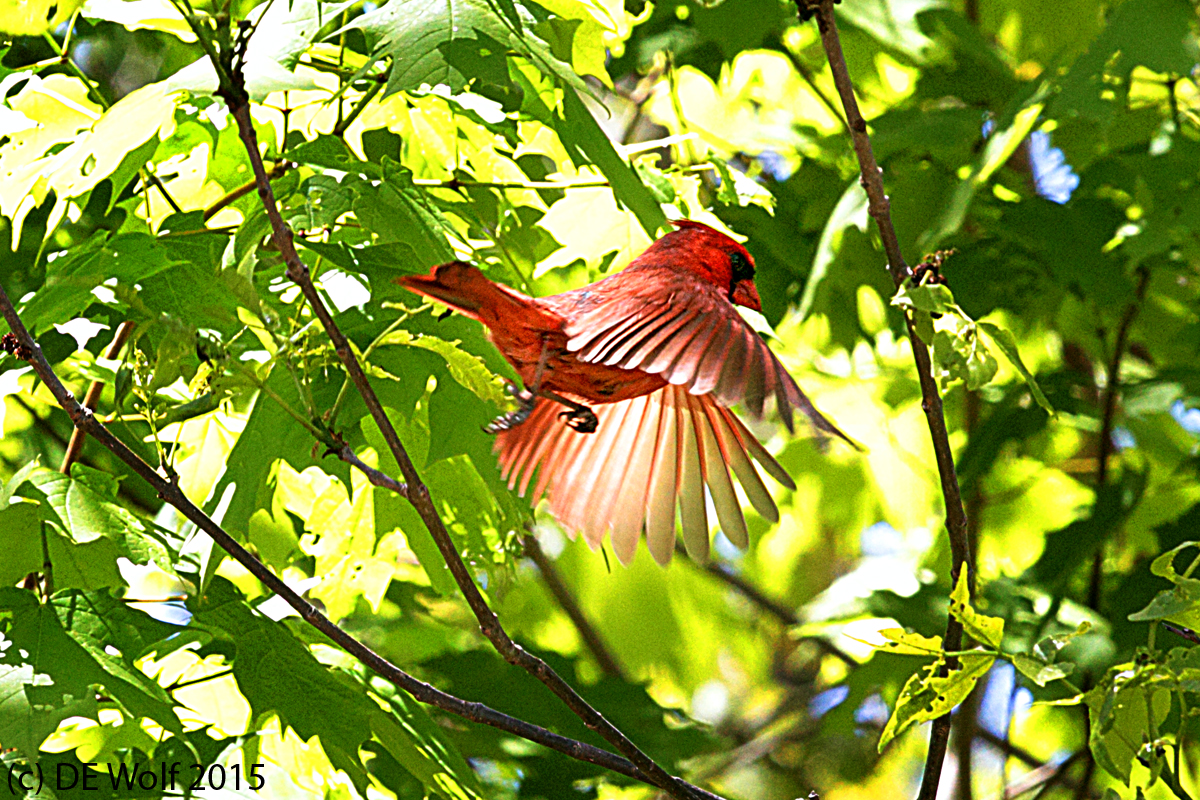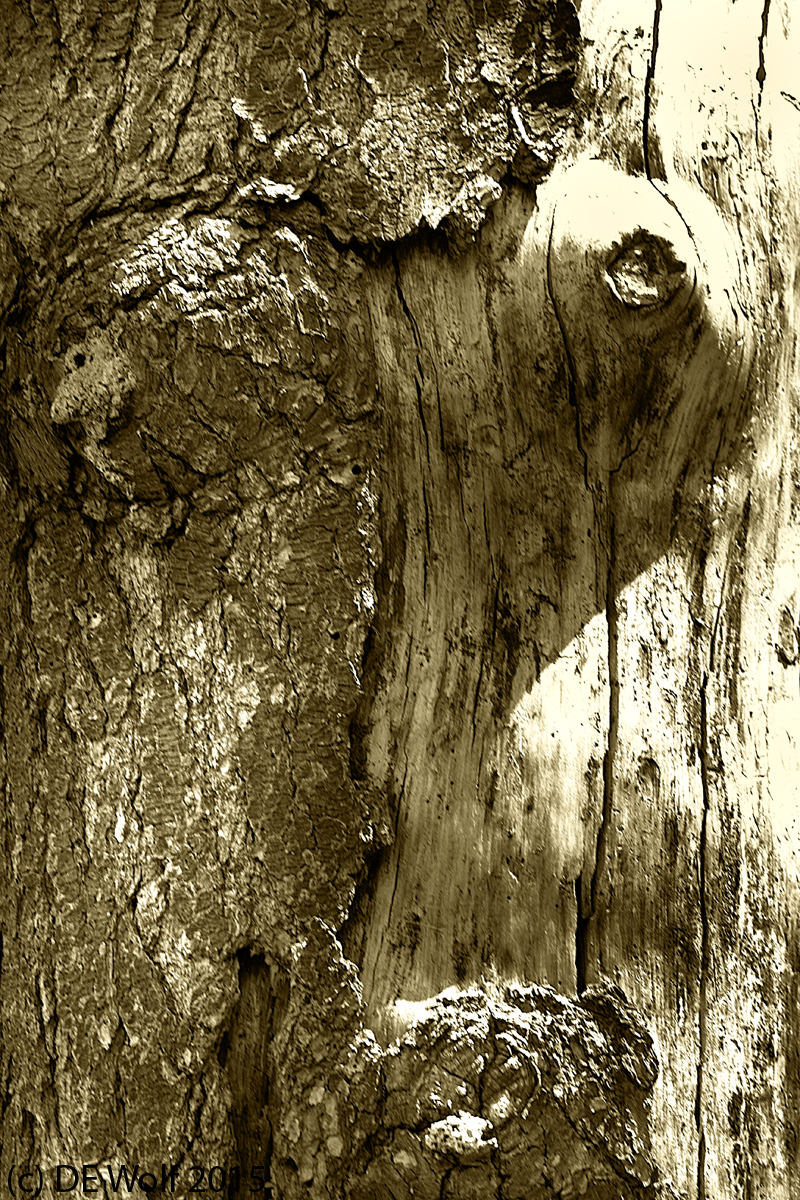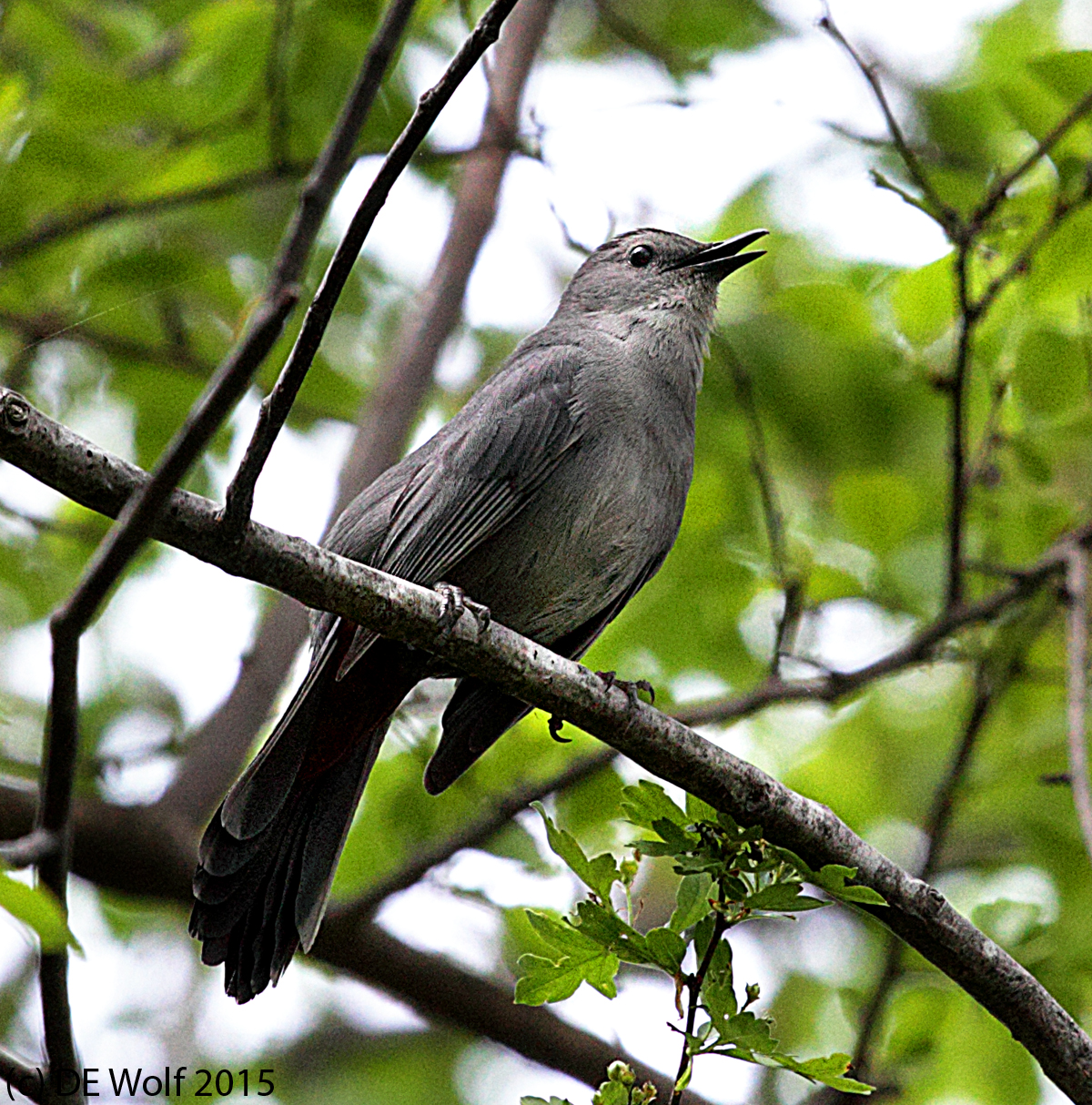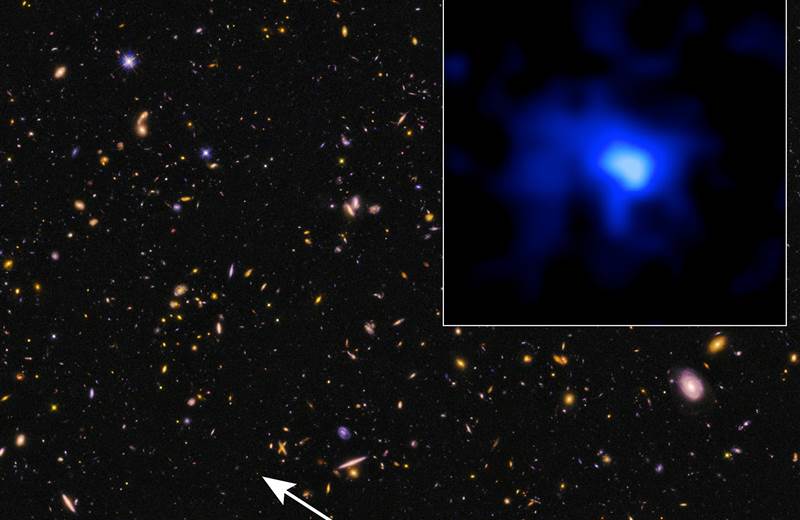
Figure 1 – Union soldiers on the lawn of Arlington House, June 28, 1864. In the collection of the United States National Archives. This work is in the public domain in the United States because it is a work prepared by an officer or employee of the United States Government as part of that person’s official duties under the terms of Title 17, Chapter 1, Section 105 of the US Code.
It is Memorial Day weekend in the United States, and our thoughts run to the soldiers who sacrificed their lives in what seems like countless wars. Our news media abounds with images of thousands of flag being planted.Then too we think of the Arlington National Cemetery, a national symbol, where so many of these dead are buried.
It has an interesting history. In 1802 George Washington Parke Custis, a grandson of Martha Washington, acquired the land where the cemetery now stands and began construction of Arlington House. The estate passed to Custis’ daughter, Mary Anna, who was married to United States Army officer Robert E. Lee. Lee resigned his commission on April 20, 1861 and took command of the armed forces of the Commonwealth of Virginia, later becoming commander of the Army of Northern Virginia. On May 7, the Virginia militia occupied Arlington and Arlington House thus threatening Washington, DC. . General Winfield Scott ordered Brigadier General Irvin McDowell to clear Arlington and the city of Alexandria, Virginia, of the confederates He occupied Arlington without opposition on May 24. In 1862 the grounds of Arlington House became the site of the National Cemetery. The snub at Lee was an obvious one. He would have to look out at the dead of the Civil War for the rest of his life. The first burial at Arlington, that of William Henry Christman, was made on May 13, 1864.
The United States National archives has an intriguing photograph, reproduced here as Figure 1. It was taken on June 28, 1864 and shows Union troops occupying the lawn of Arlington House. There is a certain timelessness of marble contrasted against the soldiers now gone with the wind. I keep being drawn to the delicate beauty of the stone. And there is that strange similarity evoked by the all too familiar poses. It could be any of us. Then too the windows thrown open wide speaks to the Washington heat and humidity that those soldiers must have felt.






